
Under a mile of frigid Pacific Ocean, 300 miles off the Oregon coast, the world’s most active volcano, the Axial Seamount, is bulging with magma and is prepared to erupt by the end of the year.
While we tend to pay more attention to fiery mountains above sea level, this underwater giant is quietly preparing to make a spectacle that will impact more than just the ocean floor. What happens next could change everything we know about the deep sea, our coastlines, and even volcanology.
If scientists are correct, the coming eruption isn’t just a geological event; it will prove to be a rare, insightful window into Earth’s restless creativity and resilience that we will all witness in real time.
The Science Behind the Imminent Blast
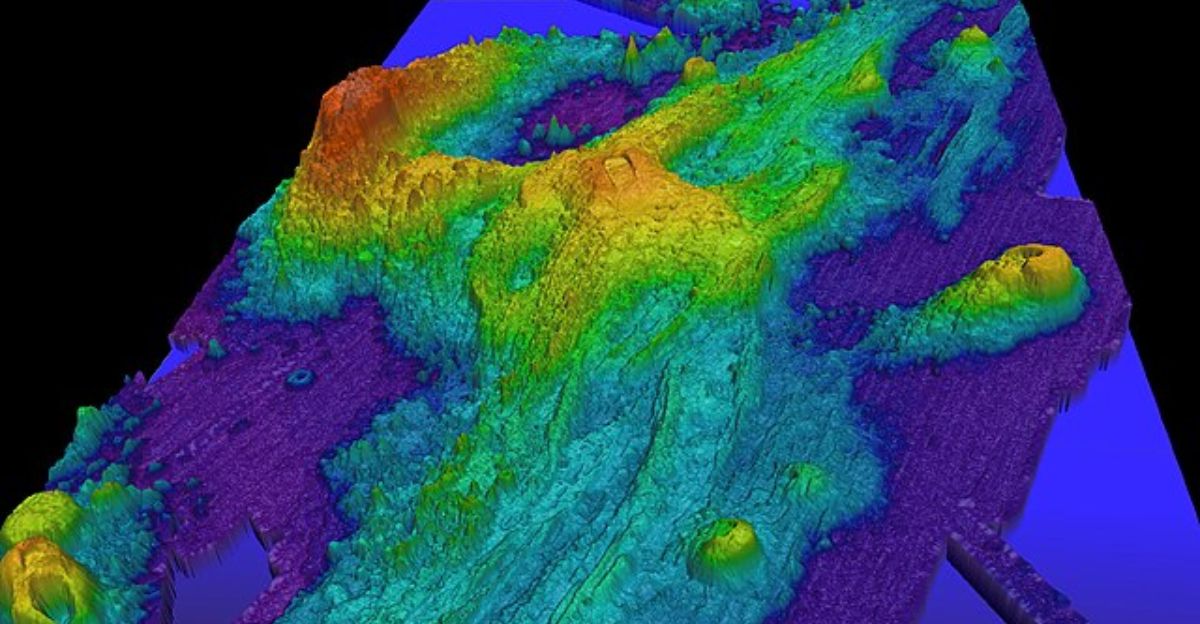
Axial Seamount’s eruptions occur in a cycle: magma piles up, the seafloor swells, and swarms of little earthquakes signal impending threats.
This year, volcanic sensors show that the caldera has expanded beyond the levels seen in the lead-up to its most recent three eruptions, and its seismic activity is increasing. Scientists believe tidal forces are putting pressure on the magma chamber.
The probability rises with each passing week, and scientists are on the lookout for the signature burst of earthquakes that indicates an impending eruption.
The Countdown: What the Data Indicates
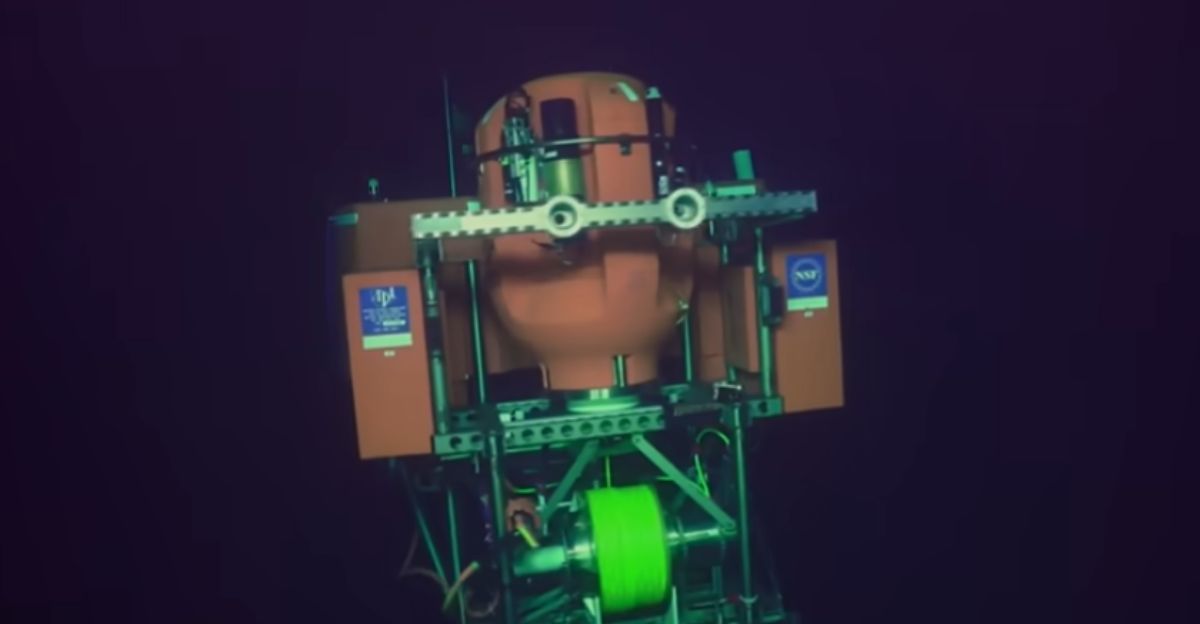
Seafloor gauges have detected up to 15 inches of uplift in some areas, a clear sign that magma is moving and putting pressure on the crust. Earthquake rates, while fluctuating, have risen into the hundreds daily, spiking over a thousand when the tides are low and pressure is minimal on the crust.
All of these trends align with Axial’s previous eruption indicators, suggesting that another is imminent. It’s not a matter of if, but rather when—and the world holds its breath.
The Warning Signs Go Viral: Public Curiosity and Concern
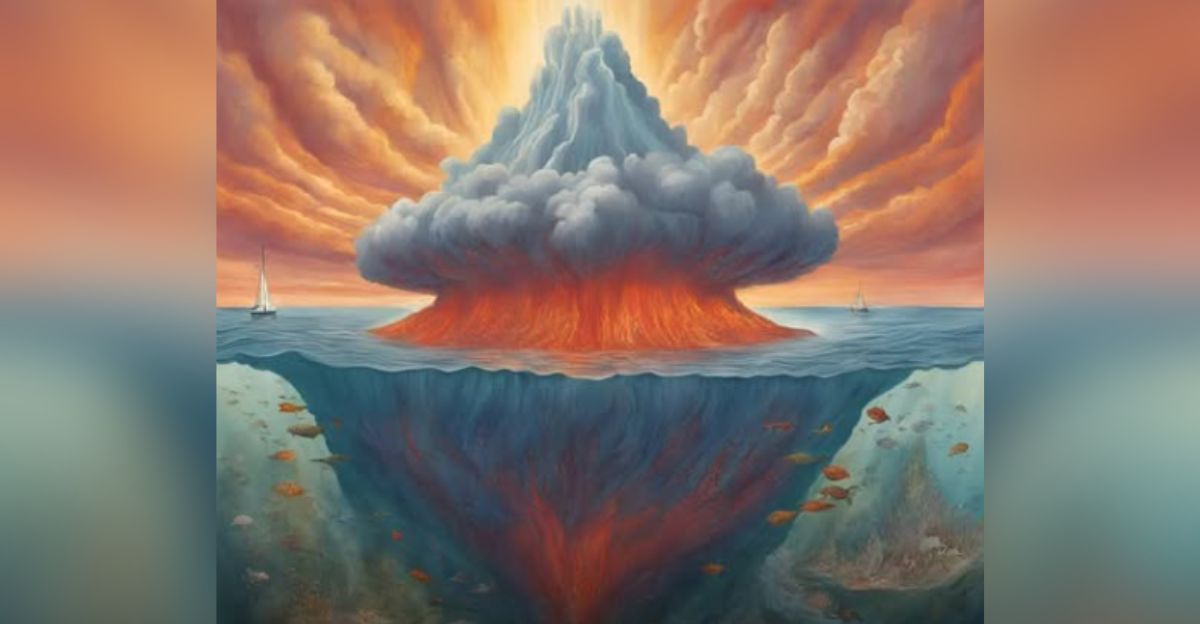
On YouTube, TikTok, and Reddit, “Axial Seamount eruption” is trending as users upload seismic graphs, live feeds, and even memes about the “sleeping giant” beneath the Pacific.
While some of the posts can be alarming, scientists quickly intervene: this eruption will be out in the ocean, far from any coastal population. The action lies far beneath the ocean’s surface, where the impact is more ecological than existential.
Monitoring Seamounts

The Axial Seamount is the planet’s most closely mapped underwater volcano because of the Regional Cabled Array, a 660-mile string of sensors, cameras, and seismometers sending scientists real-time data.
Machine learning now helps sort through the thousands of earthquakes per day, distinguishing between magma movements, whales, and ocean noise. This revolutionary technology lets scientists monitor movement, forecast eruptions, and even watch hydrothermal vents develop in real time.
Seismic Tech: Seeing the Unexpected Coming
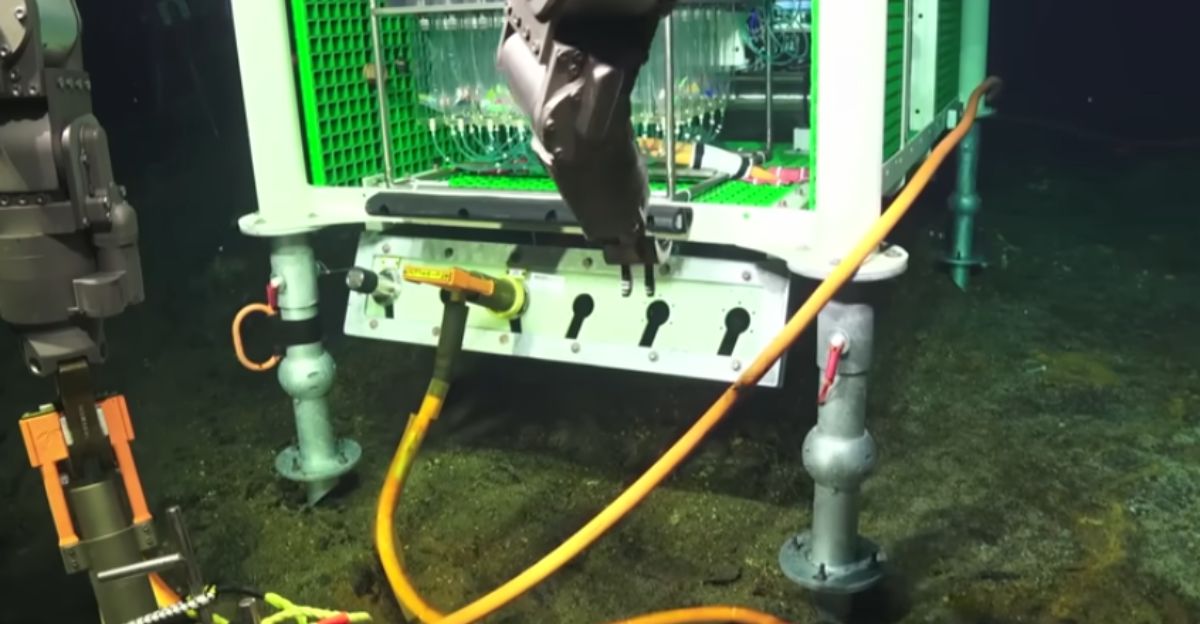
Seismic monitoring is not just about counting quakes. Pressure sensors track the inflation and deflation cycles of the volcano, and hydrophones record the acoustic signatures of lava and water.
Machine learning software is now used to flag unusual patterns, giving scientists precious hours—or even days—of warning. Data-driven monitoring systems are transforming the art of eruption prediction, not just for Axial, but for underwater volcanoes worldwide.
The Ecosystem Reboots
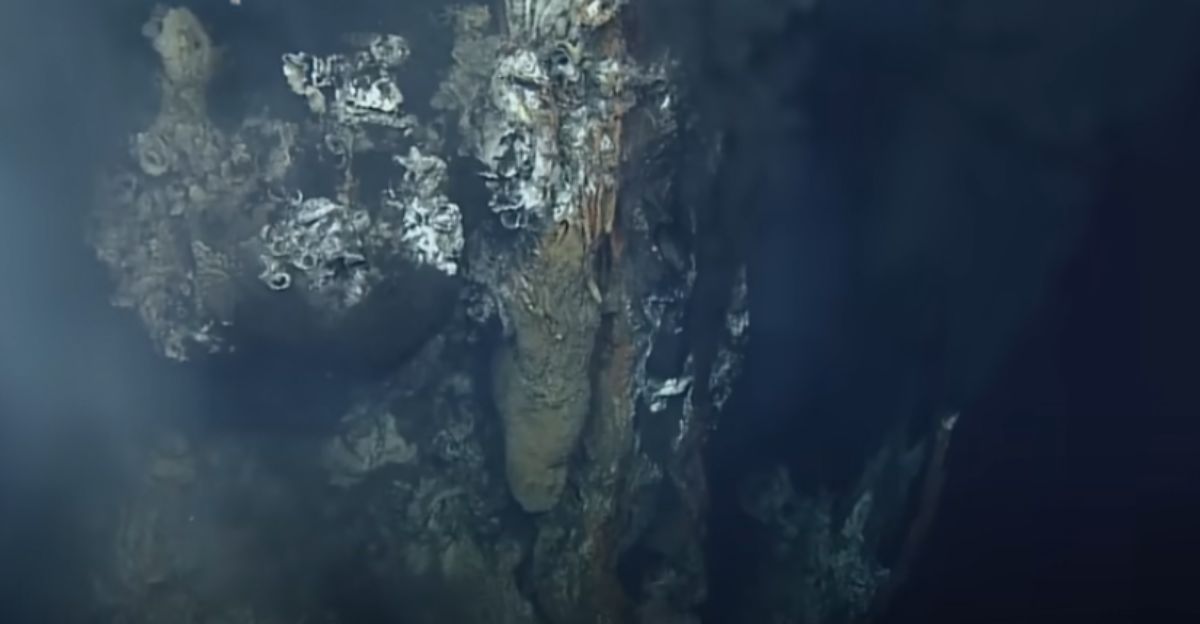
The volcano’s eruption will have a surprising but dynamic effect on marine life. It will effectively result in an ecosystem reboot. As Axial erupts, lava will cover existing hydrothermal vents, destroying the unique ecosystems around it.
While some organisms that are more adapted to this environment might survive, many others will be destroyed along with their habitats, creating a cycle of destruction and creation that scientists call “death and renewal in real time”.
Marine Revival After Eruption
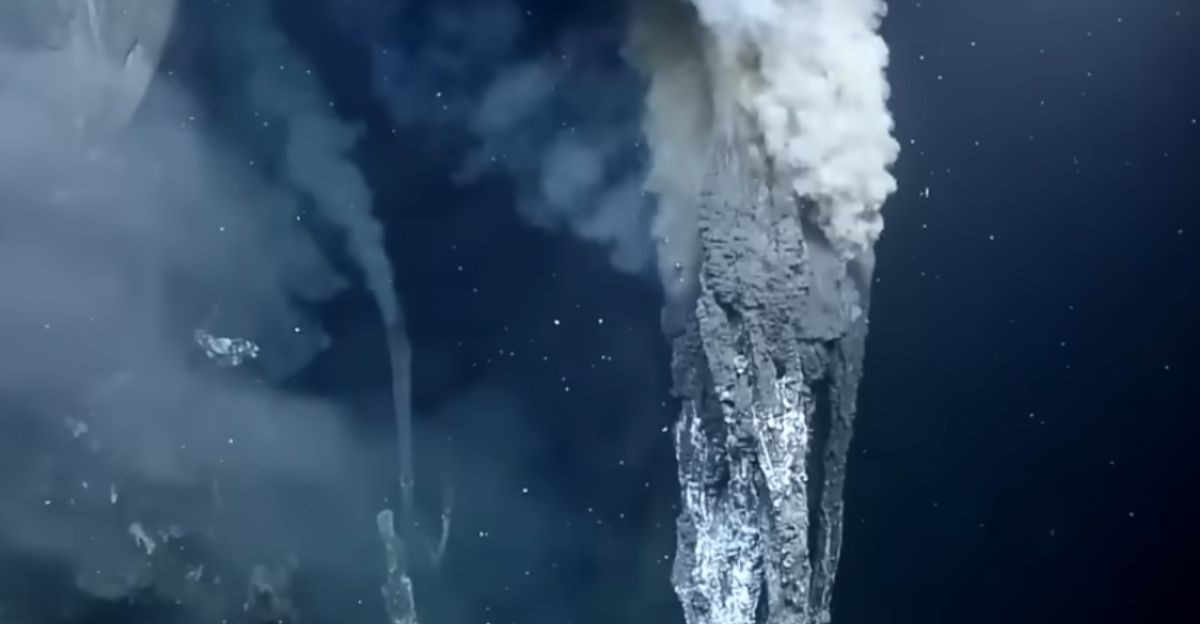
The eruption will also create new vents and mineral-rich surfaces, ripe for a revival of marine life. This superheated, mineral-rich water will help fuel the rebirth of complete ecosystems. New life will thrive on the new vent within months, forming the base of the food web once more.
Tube worms, crabs, and unusual microbes flourish in this new environment, living off chemical energy rather than sunlight. This rebirth will soon attract various marine animals, boosting the region’s biodiversity and ecosystems.
Who’s in Danger? Unpacking Fact from Fear
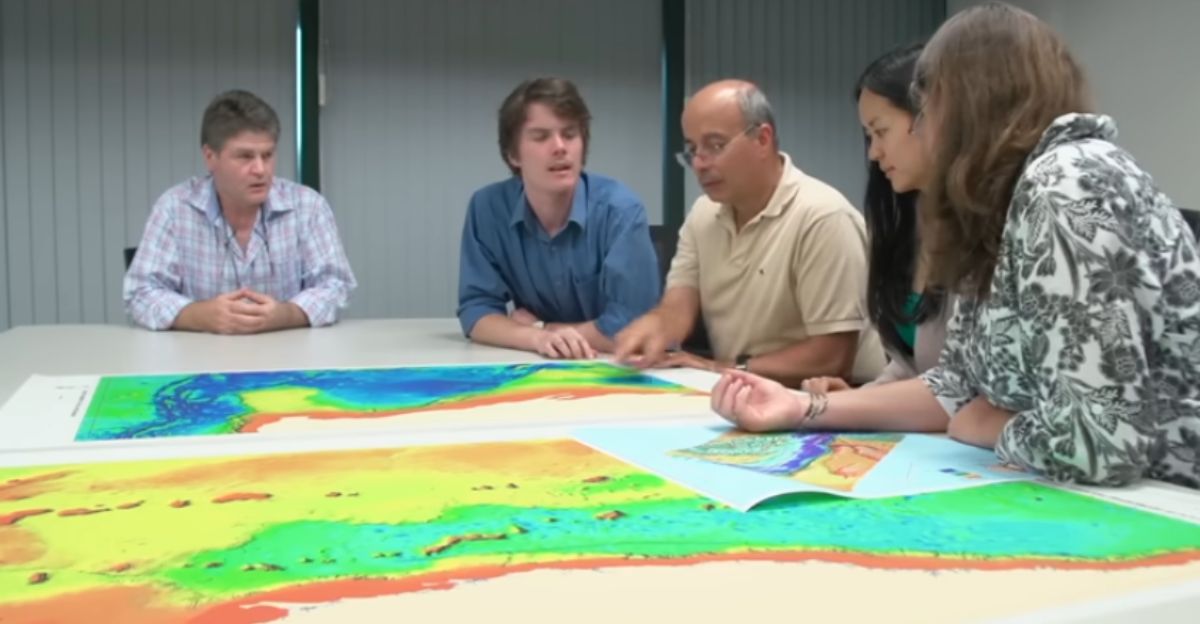
Despite viral gossip, Axial Seamount poses no threat to humans or coastal towns. Its eruptions are glacial, flowing lava rather than spewing ash, and it’s submerged a mile down from sea level.
This means that there is no threat of tsunamis or air traffic congestion. The real danger is to the animals living and bordering the seafloor, whose ecosystems will be rearranged in a heartbeat. To humans, its eruption is a mere scientific marvel, not a natural disaster.
The Policy Ripple: Legislators and Readiness for the Worst

Although Axial’s eruption will not trigger emergency alerts or evacuations, it does highlight the importance of monitoring and preparing for future, more dangerous natural disasters that the Pacific Northwest’s volcanoes might bring.
Legislators and agencies can use Axial’s activity as a lesson to help improve response plans against land-based eruptions. They can also use it to advocate for continued funding for ocean observatories. The impending eruption is a reminder that vigilance, caution, and science go hand in hand.
How We Prepare and Protect
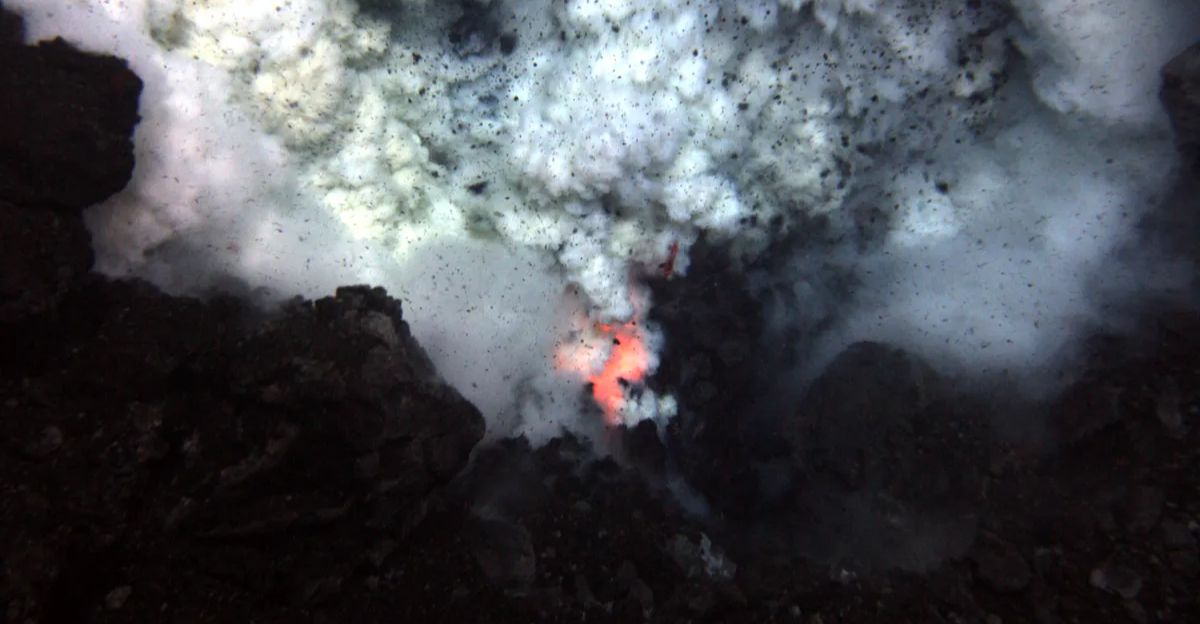
The public’s best defense is understanding what’s happening on the ocean’s floor. It is crucial to obtain information from reputable sources, support ocean science, and fight back against clickbait hysteria.
For scientists, Axial’s eruption is an experimental testing ground for new monitoring technologies and a chance to refine models that could one day save lives elsewhere.
For conservationists, it’s a chance to learn about how marine animals adapt to sudden changes and how we might help protect vulnerable species in the future.
What’s Next? The New Frontier of Volcanology
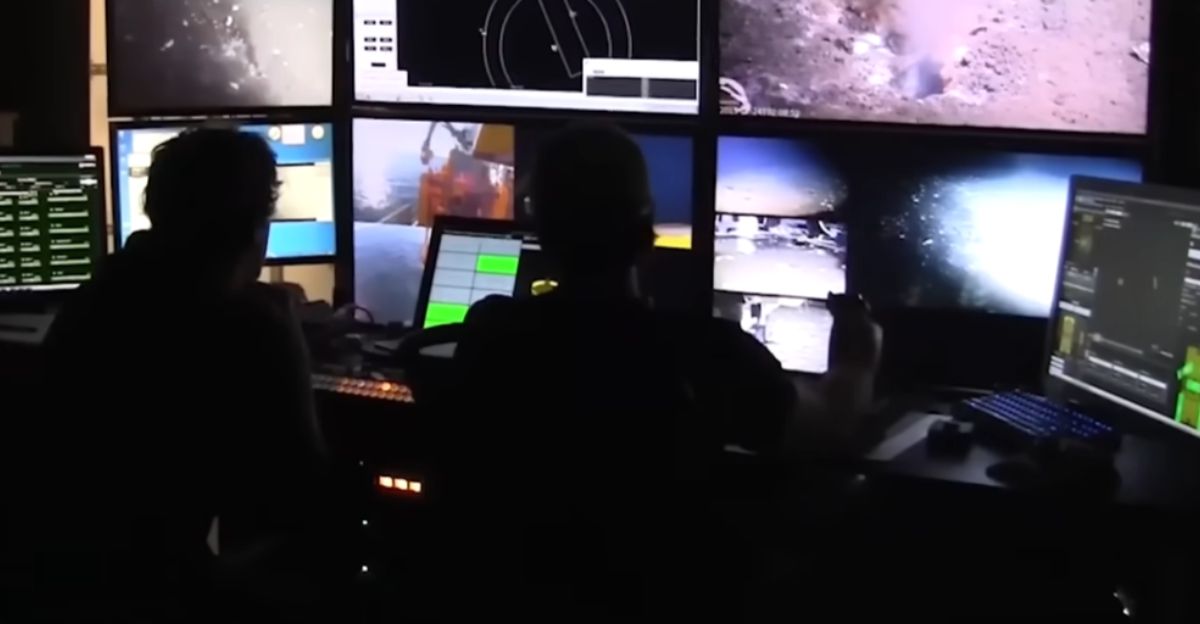
Once the eruption is underway, scientists will have access to a plethora of information: live videos of lava flows, chemical fingerprints of the new vents, and the first signs of life reclaiming scorched ground. Each eruption at Axial helps sharpen global models of volcanic behavior, making predictions more reliable for both oceanic and terrestrial volcanoes.
When the Deep Sea Speaks, We All Listen
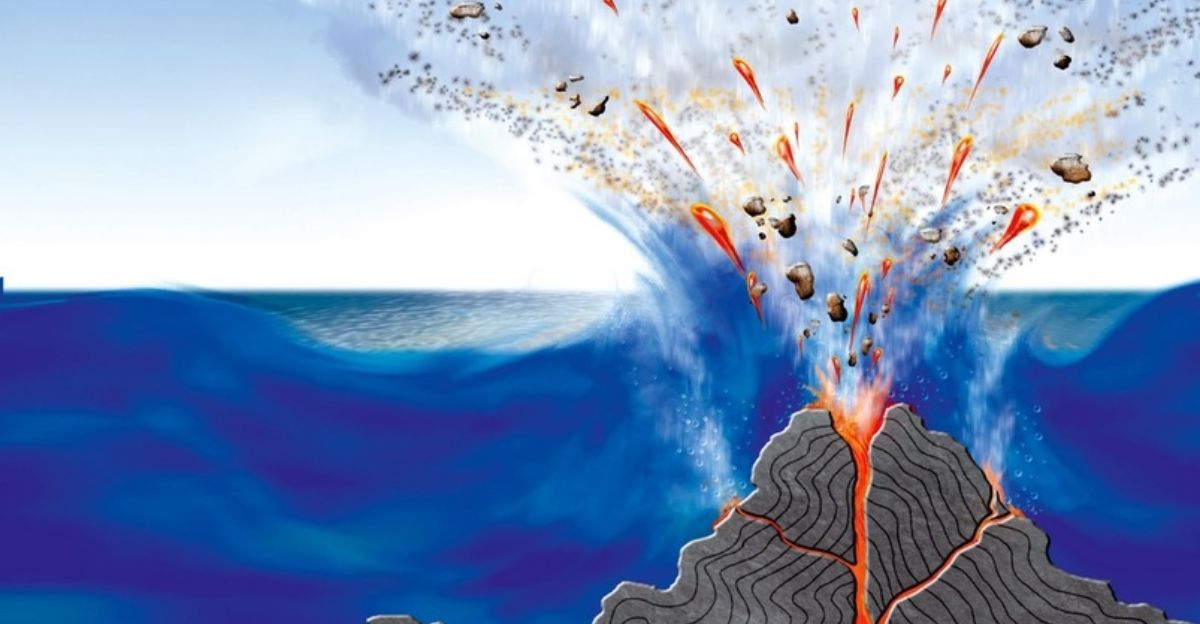
Axial Seamount’s imminent eruption is not only a geologic occurrence; it’s a testament to the Earth’s ongoing creativity and our growing ability to witness it live. The waves from this one volcanic eruption will ripple across science, policy, education, and our collective imagination for decades.
In a noisy world, the truth is both awe-inspiring and humbling: sometimes the most significant changes happen out of sight but in places where we can learn something new.
Explore more of our trending stories and hit Follow to keep them coming to your feed!

Don’t miss out on more stories like this! Hit the Follow button at the top of this article to stay updated with the latest news. Share your thoughts in the comments—we’d love to hear from you!







